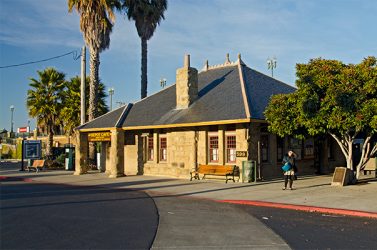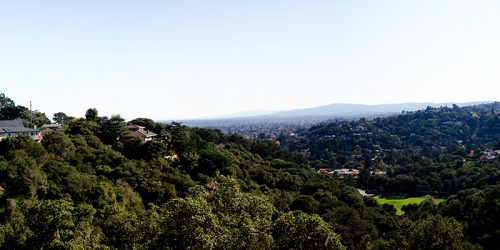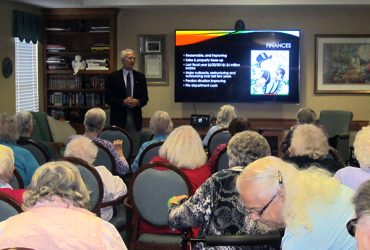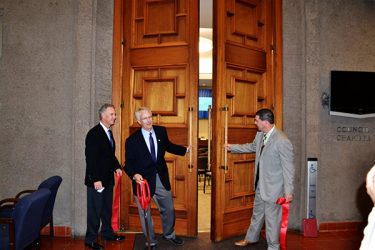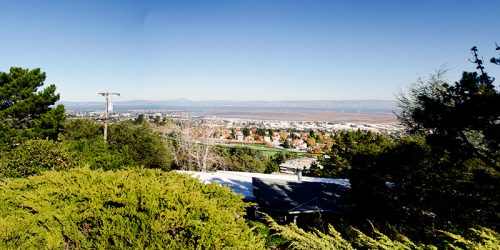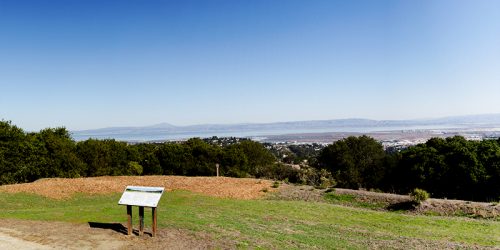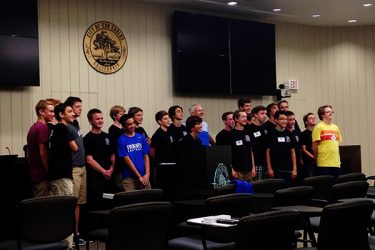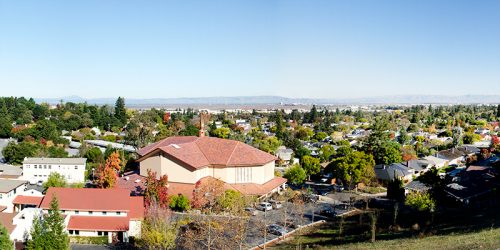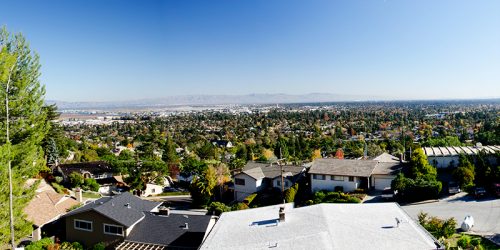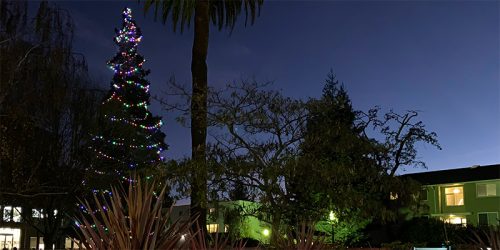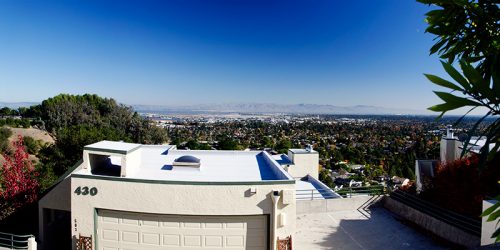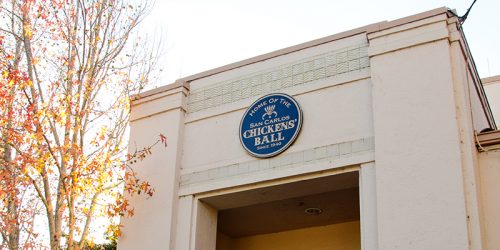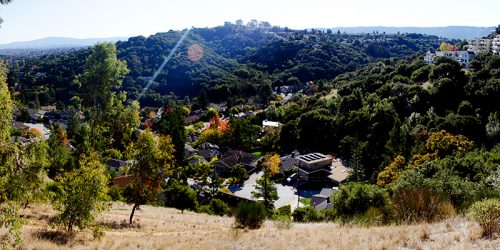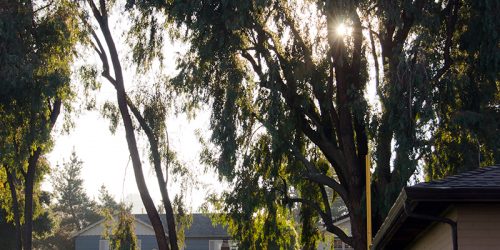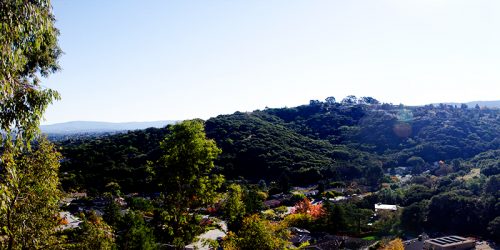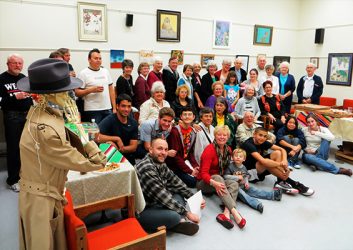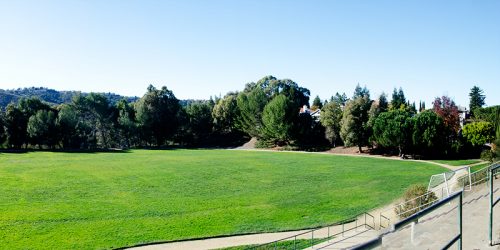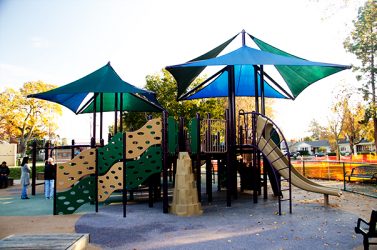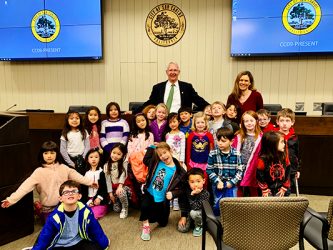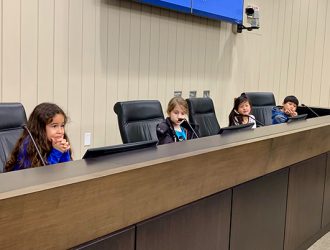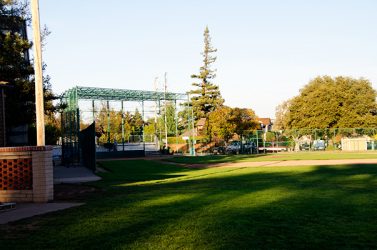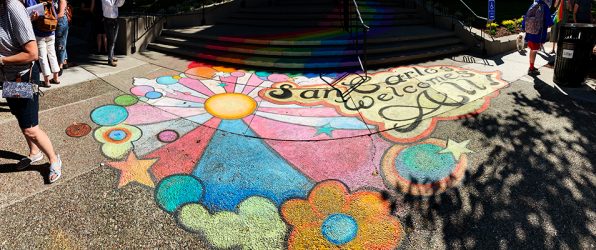Ben Fuller, President of the Greater East San Carlos Neighborhood Association (GESC), recently published a post on NextDoor about the changes the Council made to no parking hours along Holly Street between Old County and the 101. Because NextDoor, by design, isn’t broadly accessible, and the issue may be of interest to most of San Carlos, I’m replying to the post on my blog.
You can view Ben’s post by following this link (I reformatted it to strip out NextDoor clutter and converted it to a PDF). I’m going to focus on the points he made in the section describing the potential legal challenges apparently being considered by the GESC.
There are a number of assertions in the piece which I believe are based on misconceptions. As I wrote about in another blog post about this heavily-used corridor, Holly Street has been categorized as a traffic arterial for many years, through several cycles of general plan updates. That’s significant because each iteration of the general plan — which is essentially the “constitution” for land use in the city — requires an environmental impact report, analyzing specific types of impacts that would be caused by adoption of the general plan. So whatever environmental impact study there would have been for Holly being made an arterial has already taken place (it’s possible the reclassification of Holly predates the California Environmental Quality Act (CEQA). If so, it would have been grandfathered in like many other pre-CEQA changes).
But there’s a more important misconception in play. Regardless of when Holly was classified as an arterial, what the Council did in its most recent action was to change no parking rules. The city attorney’s analysis is that this is a categorically exempt action under CEQA. As such, no environmental impact report is required. In fact, being categorically exempt, the Council doesn’t even have to make a finding that an environmental impact report is not required.
As an aside, I find CEQA often confuses people in two areas. Its scope is specific types of environmental impacts, not just any impact on the world/environment in which people live. That’s not the common interpretation of what “environmental impact” means. Furthermore, CEQA defines what is meant by a “significant impact”…and that definition also does not match how the term is commonly used, where it tends to be a personal assessment.
No need for an analysis means no alternatives need be considered. But the reality is this Council, and prior Councils, have considered many alternatives and found them wanting. I summarized those in my earlier post on this topic. Changing the no parking rules — when added to restriping and coordinating traffic lights — was the least bad and most practical way of avoiding a crisis. As with most changes, it doesn’t effect everyone equally, which is why I, and others, have tasked staff with developing mitigation measures for corridor residents.
Regarding failure to notify the neighborhood, there are several points to keep in mind. The Council’s action was the culmination of much work and many public meetings by staff, the Council and the Traffic & Circulation Commission, which advises the Council on these types of matters. The no parking item was properly noticed, and the City, at my suggestion, took the additional step of mailing the affected Holly Street residents. From what I’ve heard, not everyone received the mailing. But judging by the massive turnout at our July 14th Council meeting I’d say the fact that we were considering changing the no parking rules was widely known. It’s hard to square this fact pattern with an attempt to push the change through secretly.
It’s true staff is moving forward with implementing the change to the no parking rules, the traffic signals and the restriping. But it’s hardly nefarious. It’s what staff is supposed to do when the Council makes a decision and gives them instructions. If they failed to do so they would be derelict in their duty and subject to censure or dismissal.
Lastly, Ben asserts that changing no parking hours will significantly degrade public safety for corridor residents. That’s a serious charge. But we already have experience with what the impact might be, because the corridor has operated for years as a four lane road for parts of every workday. Our police chief, when I asked him, was not aware of any unusual level of pedestrian/vehicular accidents in the corridor. What I did hear, from corridor residents at the July 14th meeting, was that many have had their cars hit when parked on Holly, or when entering or exiting their driveways. Extending the no parking hours will reduce the risk of parked cars being hit, and I’m confident we can find a way to reduce the risk of accidents when entering or exiting private driveways (e.g., by widening the driveway aprons for residents).
The east side, or any resident for that matter, always has the opportunity to challenge a Council decision in court. Nothing I write here, or elsewhere, is meant to imply that’s not the case. But the point of making decisions is to take action, not wait around waiting to see if someone chooses to challenge a decision and is successful. That’s particularly true in this case where, I believe, the law is quite clear, and was being followed.
For a more learned analysis of whether or not the City complied with the public disclosure law aka the Brown Act, check out the City Attorney’s response to a demand letter submitted by an attorney living in the corridor. The demand letter itself is here, and the City Attorney’s response is here.
